
|
|
|
| synonym |
|
| description |
Adults are bluish overall (dark bluish-black wings with lighter blue waxy coating, characteristic of the blue Cedusas) with orangeish legs. The male phallus (reproductive claspers) is large, long and broad; the claspers are in the shape of hooks that curve inwards and upwards near the tips (see pic above). The phallus on this species very closely mirrors that of C. redusa, so may not be distinguishable in the field. However, C. vulgaris specimens have shown to have darker wings and pronotums from the C. redusa specimen, though not sure if this is an actual distinguishing characteristic. Adults range in length from around 4.9 to 5.2 mm. |
| distribution |
Transcontinental, found across the United States and in eastern Canada (UDEL) |
| abundance |
Scattered records across the state. |
| seasonal_occurrence | |
| habitat |
Photographed specimens here taken from a mixed hard and softwood forest. |
| plant associates |
Derbidae are known or assumed to feed on fungal hyphae as immatures. Adults associate with Crataegus (hawthorn, Rosaceae), on which they are considered a pest. (UDEL) |
| behavior |
Probably can be attracted at night with a light. |
| comments |
A majority of Cedusa look very similar externally, appearing bluish overall. The only way to make a positive ID for many of the species at this point is to examine the genitalia of the males. Therefore, a male specimen is necessary for many species' identifications. Detailed, clear photographs of the male underside showing the genitalia can also be helpful, and perhaps the hope is that after observing enough specimens of a particular species, there may be slight external features that can be associated with an ID. |
status |
[Native:]
[Introduced:]
[Extirpated:] | | list_type |
[Official:]
[Provisional:] |
| adult_id | Unmistakable and widely known Identifiable from good quality photos of unworn specimens
Identifiable from photos showing undersides, or other specialized views [e.g., legs, face]
Identifiable only by close inspection of structural features or by DNA analysis NULL |
| nymph_id | Unmistakable and widely known Identifiable from good quality photos, especially where associated with known host plants
Identifiable from close inspection of specimens or by DNA analysis
Identifiable only through rearing to adulthood NULL |
| G_rank |
|
| S_rank |
|
| rank_comments |
|
| tribe |
Cedusini |
| subgenus |
|
Species Photo Gallery for Cedusa vulgaris No Common Name |
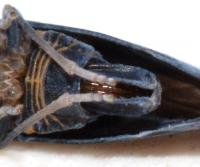 | Photo by: Kyle Kittelberger
Out Of State Co.
Comment: Identified by C. Bartlett | 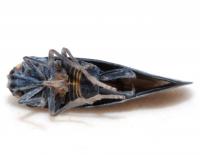 | Photo by: Kyle Kittelberger
Out Of State Co.
Comment: male, Identified by C. Bartlett |
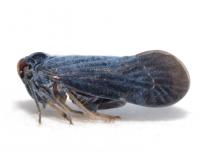 | Photo by: Kyle Kittelberger
Out Of State Co.
Comment: male, Identified by C. Bartlett | 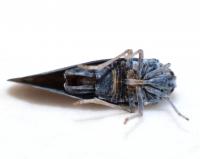 | Photo by: Kyle Kittelberger
Out Of State Co.
Comment: male; identified by C. Bartlett |
 | Photo by: Kyle Kittelberger
Out Of State Co.
Comment: male; identified by C. Bartlett | 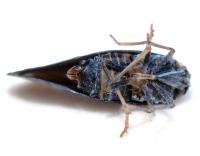 | Photo by: Kyle Kittelberger
Out Of State Co.
Comment: female; identified by C. Bartlett |
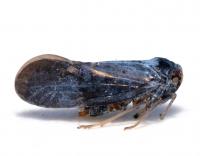 | Photo by: Kyle Kittelberger
Out Of State Co.
Comment: female; identified by C. Bartlett |

 »
»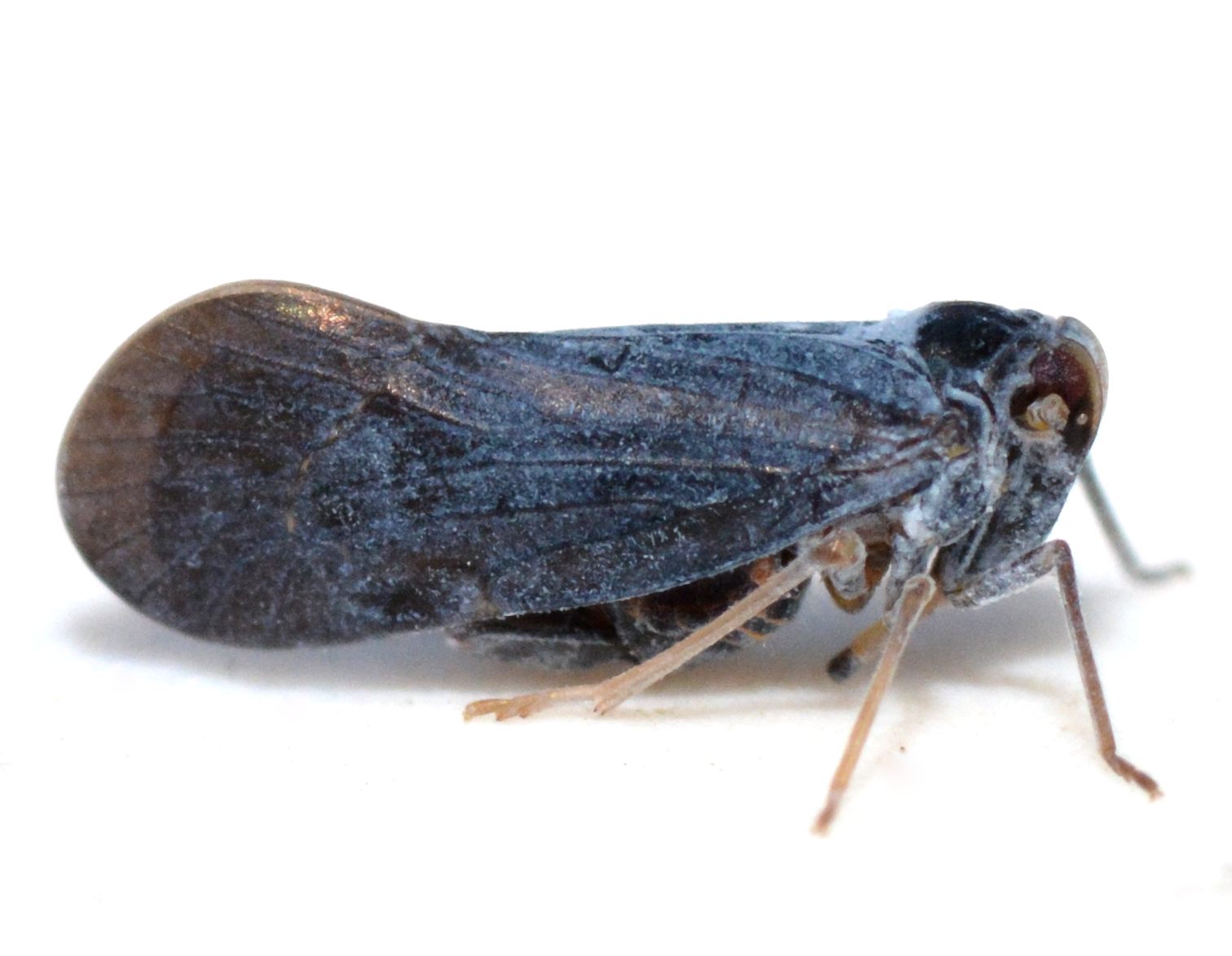

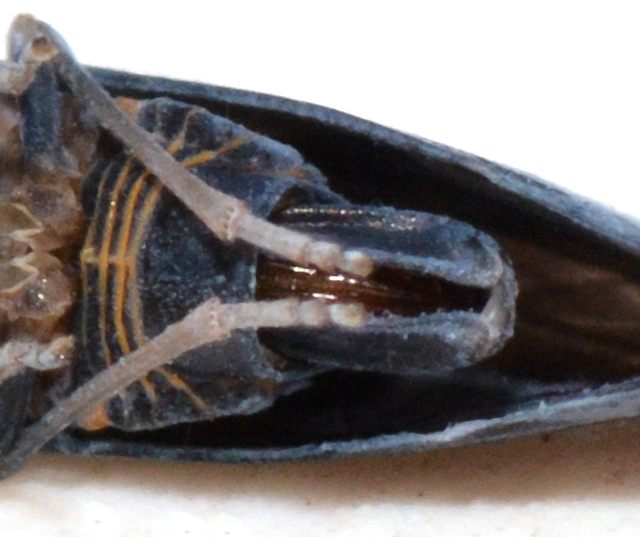


 »
»


